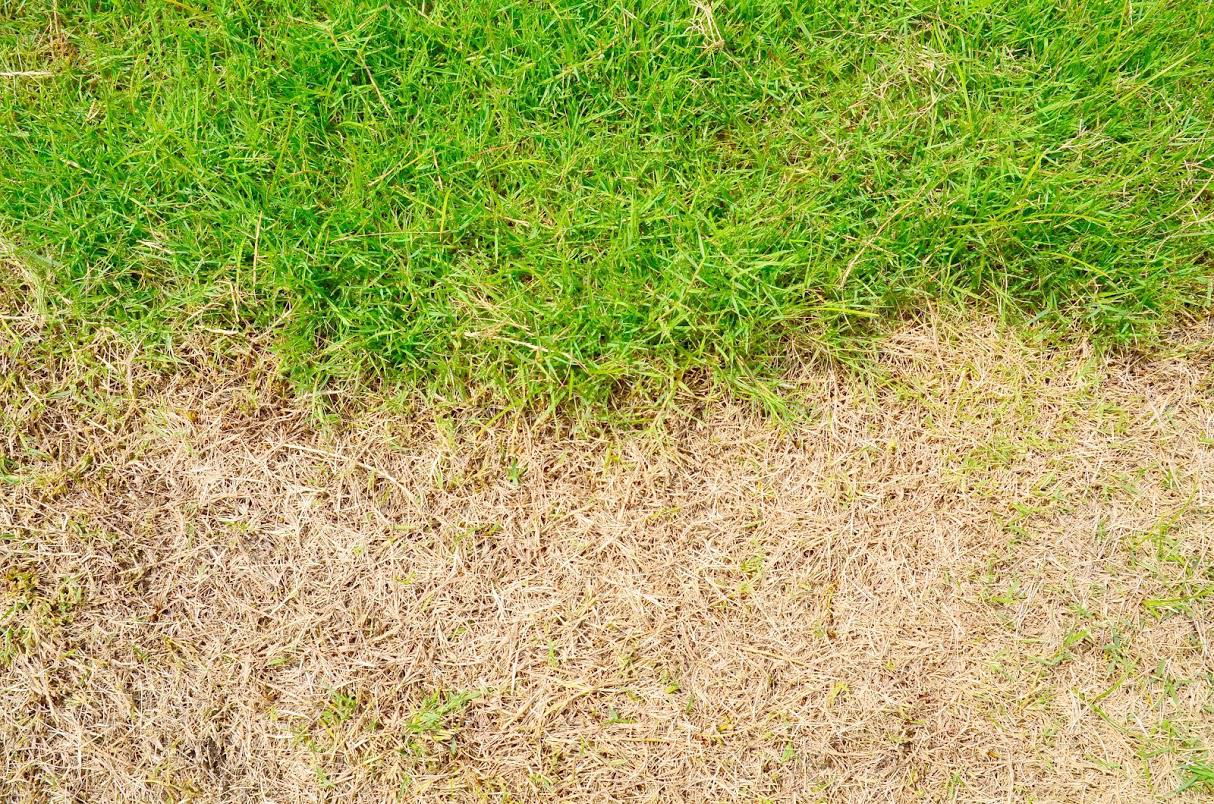3 Things to Avoid to Keep Your Drainfield Protected
Admin • February 7, 2020

The drainfield on your property plays an incredibly important role in your septic system. However, many people put the reliability of their drainfield in danger in several ways. You need to take care of your drainfield and protect it. If the drainfield fails, it can create several septic, plumbing, or environmental problems. Here are three ways you can protect your drainfield.
1. Don't Do Anything Without Knowing Your Drainfield's Location
Despite the importance of the drainfield, many homeowners and property owners have absolutely no idea of their drainfield’s size or location. Sometimes, this isn't the fault of anyone, as some drainfields aren't easily noticeable or recognizable for what they are. Nevertheless, there are a few ways to locate your drainfield.
Look for Common Signs
If you look around, you might notice an area of the property where the grass looks a little greener. Alternatively, the grass may look dead. In either case, if the grass in a single area doesn't look like the rest of the grass around it, that's likely where you will find your drainfield.
You may also see monitoring points sticking out. These are tubes, usually with white caps, that stick out of the ground. If you see these, then you've found the far end of your drainfield. A few other signs can include shallow or depressed areas of the ground.
Get Your Septic System Records
Your septic system has records on file with your municipality. You can typically request them through your town's works site. The plans will show you the exact location of your drainfield and other information concerning your septic system. If you know the installer or designer of your septic system, they will likely have plans or know where you can find the drainfield as well.
Ask a Professional Septic System Service
A professional service will have the knowledge of septic systems and the tools needed to find your drainfield for you. You can also ask a professional about the location or likely location when you're having your system pumped or serviced in some way.
2. Don't Build or Place Anything Heavy on Your Drainfield
To maintain the integrity and longevity of your drainfield, you should never put anything heavy on top of any part of it. The drainfield may sit in an ideal spot for a new shed or patio, but you should avoid building anything that can weigh down on the sensitive drainfield structure.
In addition, you shouldn't park any vehicles on the drainfield. You shouldn't even drive over the drainfield, as the vehicle can crush the drainfield lines.
Heavy items cause soil compaction. Compacted soil will make it harder for the drainfield to do what it's designed to do, which is allow wastewater to drain gradually down into the groundwater through the filter of the soil.
Compacted soil can allow the wastewater to build up and cause sewage to contaminate the ground. Alternatively, wastewater with nowhere to go can back up into your home or facility. Also, building over the drainfield can make it harder for professionals to service or repair any issues.
3. Don't Plant Trees or Shrubs Close to Your Drainfield
You should avoid most types of landscaping on or immediately around your drainfield altogether. Trees and shrubs grow roots that can damage, break, or clog your drainfield lines.
If You Still Want to Landscape the Area
Admittedly, you can do some light landscaping of the drainfield area if you're careful and know what you're doing. Shallow-rooted plants and features that don't weigh much are permissible.
Avoid anything that requires constant watering, as the excess water works against the drainfield's ability to do its job. If you do any landscaping of any kind, it's imperative you know the full layout of your drainfield before you try anything.
If You Water or Irrigate the Area
The warning about overwatering plants applies to all forms of excess water:
- Try to avoid the drainfield when watering the area.
- Don't let your downspouts exit onto your drainfield.
- Try to keep water runoff from any application away from your drainfield.
An oversaturated drainfield will eventually fail. The septic system is always in danger of oversaturation in other ways, so you should make sure you're not adding to the potential problem.
Drainfield issues can develop in several ways. Generally, you want to avoid doing anything that can disturb the soil or damage the piping of your drainfield. Don't till the area, pave over it, or dig on it. The more you do to protect your drainfield, the longer you can enjoy a septic system that works as intended.
If you have any questions or concerns about your drainfield, you should call a professional septic system service to inspect your septic system and drainfield. Walters Environmental Services
covers every aspect of septic tank maintenance, inspection, and installation for residential and commercial properties. Contact us about your septic tank or drainfield today.




